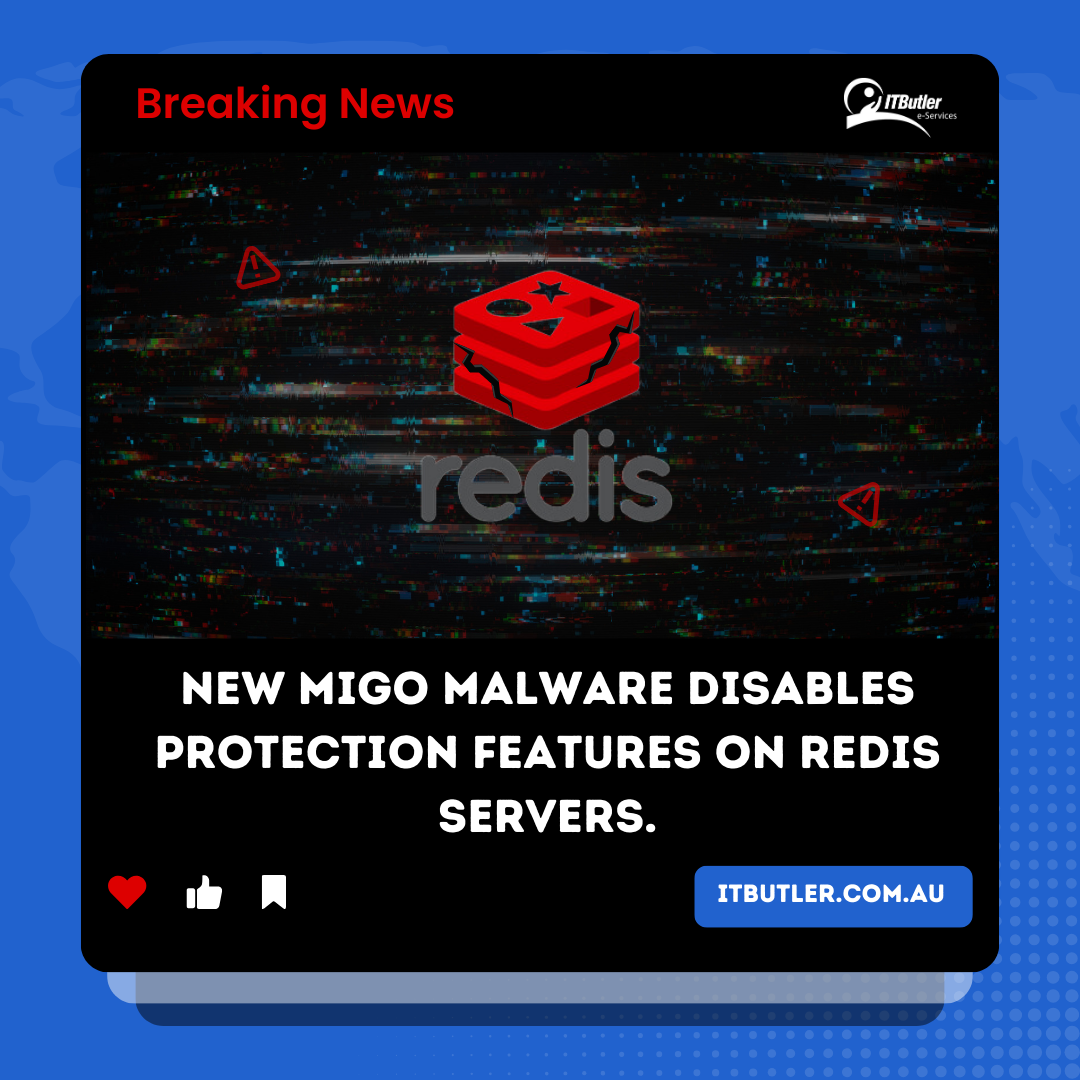In the ever-evolving landscape of cybersecurity, a new threat has emerged, sending shockwaves through the digital realm. The Migo malware has recently surfaced, targeting Redis servers and demonstrating a sophisticated ability to disable protection features. This malicious software poses a significant risk to data integrity and system security, raising concerns among cybersecurity experts and organizations alike.
Redis, an open-source, in-memory data structure store, is widely used to cache and store data, enhancing the performance of various applications. Its popularity has made it a prime target for cybercriminals seeking to exploit vulnerabilities and compromise sensitive information. The Migo malware, named after its elusive nature, has become the latest menace in this ongoing battle.
Understanding the Migo Malware
Migo is not your run-of-the-mill malware. Its creators have gone to great lengths to design a threat that not only infiltrates Redis servers but also has the ability to disable key protection features, leaving systems vulnerable to exploitation. The malware is believed to use a combination of advanced evasion techniques and sophisticated encryption methods, making detection and mitigation challenging for cybersecurity professionals.
One of the most concerning aspects of Migo is its stealthy behavior. Upon infection, it operates in the background, avoiding detection by traditional security measures. The malware is adept at disguising its presence, making it difficult for administrators to identify and respond promptly.
Targeting Redis Servers
Redis servers play a crucial role in the functionality of many applications, ranging from e-commerce platforms to social media networks. The Migo malware specifically targets these servers, aiming to compromise the stored data and potentially gain unauthorized access to sensitive information.
The primary mode of infection is through exploiting known vulnerabilities in Redis server configurations. This underscores the importance of regular updates and patches to prevent such attacks. Cybersecurity experts advise organizations to stay vigilant and implement robust security measures to safeguard their Redis infrastructure.
Disabling Protection Features
What sets Migo apart from other malware is its ability to disable protection features within Redis servers. These features are designed to act as a safeguard against unauthorized access, data breaches, and other malicious activities. Once disabled, the malware can operate with impunity, potentially exfiltrating sensitive data or causing irreversible damage to the server.
The disabling of protection features not only puts the affected servers at risk but also has broader implications for the interconnected systems and applications relying on Redis. Organizations must be proactive in addressing this threat, emphasizing the importance of a multi-layered security approach.
Evolving Tactics and Evasion Techniques
The Migo malware showcases a level of sophistication that demands a reevaluation of current cybersecurity strategies. Its evasion techniques include polymorphic code, making it challenging for antivirus solutions to detect and eradicate the threat. Additionally, the malware dynamically adjusts its behavior based on the target environment, further complicating efforts to develop a one-size-fits-all solution.
Security researchers are actively working to dissect Migo’s code and understand its underlying mechanisms. The collaborative efforts of the cybersecurity community are essential in developing effective countermeasures to mitigate the impact of this new threat.
Mitigation and Prevention Strategies
As the cybersecurity landscape continues to evolve, organizations must adapt their strategies to address emerging threats like Migo. Here are some key mitigation and prevention strategies to consider:
1. Regular Updates and Patching: Keep Redis servers and associated software up-to-date to patch known vulnerabilities and minimize the risk of exploitation.
2. Network Segmentation: Implement network segmentation to limit the lateral movement of the malware within the organization’s infrastructure, isolating infected systems.
3. Behavioral Analysis: Leverage advanced threat detection tools that focus on behavioral analysis to identify unusual patterns indicative of Migo’s presence.
4. Access Control Measures: Strengthen access controls and regularly review user privileges to prevent unauthorized access to Redis servers.
5. Collaboration and Information Sharing: Engage with the cybersecurity community and share information about Migo’s tactics, techniques, and procedures to enhance collective defense efforts.
Conclusion
The emergence of the Migo malware and its ability to disable protection features on Redis servers highlight the ever-present need for robust cybersecurity measures. Organizations must be proactive in addressing vulnerabilities, implementing best practices, and fostering collaboration within the cybersecurity community. As we collectively strive to stay one step ahead of cyber threats, staying informed and adapting to evolving tactics will be paramount in securing our digital future.






